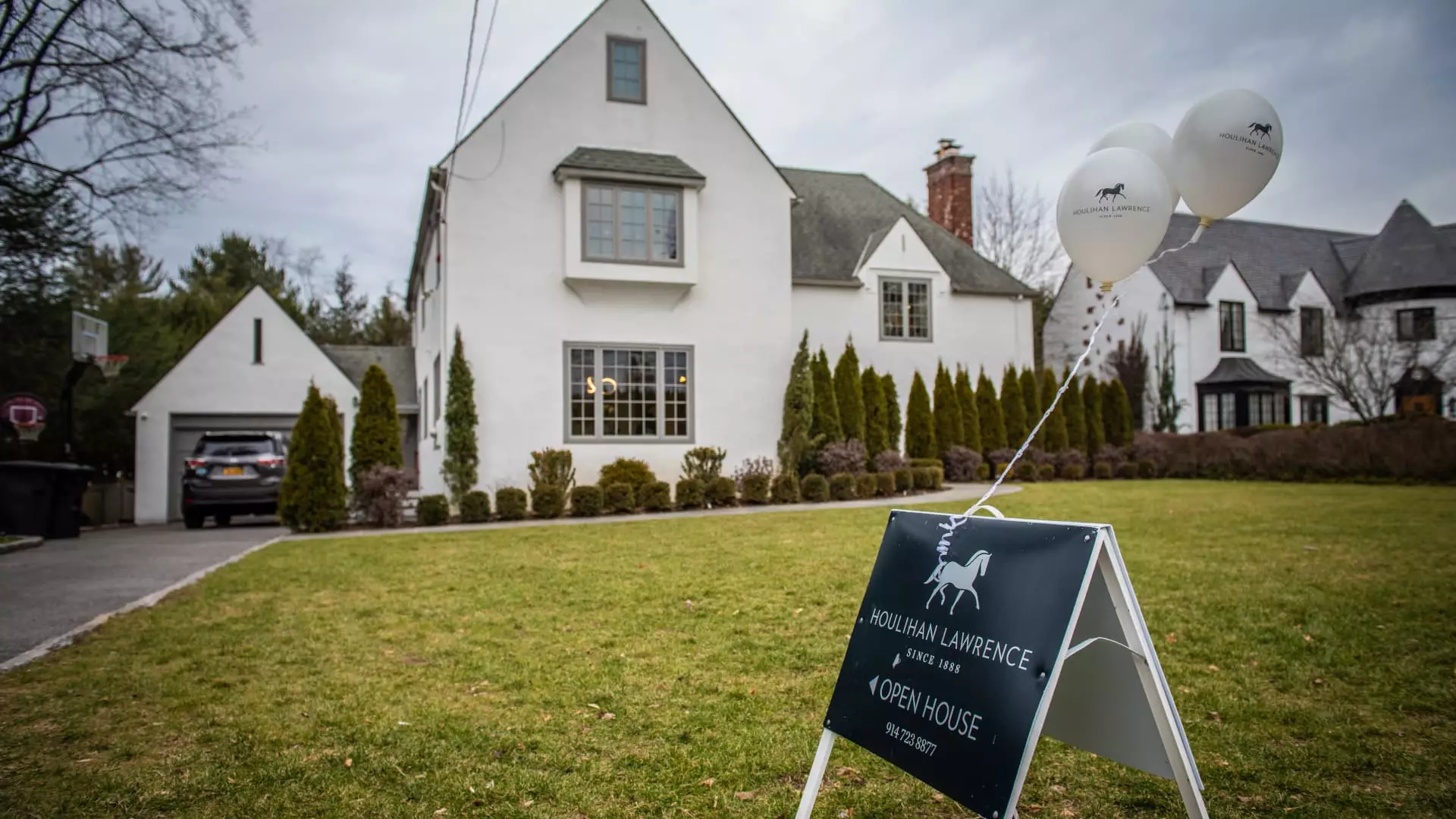Despite the increase in mortgage interest rates, home prices have soared to their highest levels ever on the S&P CoreLogic Case-Shiller U.S. National Home Price Index. According to recent data released, there was a 5.4% increase nationally in home prices on a three-month running average ending in June compared to the same period in 2023. Although this marks a record high for the index, the annual gain was slightly lower than the previous month’s reading. The 10-city composite rose 7.4% annually, a decrease from 7.8% in the previous month, while the 20-city composite grew 6.5% year over year, down from 6.9% in May.
Regional Variances in Home Prices
New York experienced the highest annual gain among the 20 cities included in the index, with prices increasing by 9% in June. San Diego and Las Vegas followed closely behind with annual increases of 8.7% and 8.5%, respectively. On the other hand, Portland, Oregon saw the smallest gain among the top cities with just a 0.8% rise in home prices in June. These regional variations highlight the disparities in the housing market across different cities and regions in the United States.
Housing affordability has been a significant topic of discussion, especially in the current election cycle. The latest report broke down home values by price tier, revealing interesting trends in the market. Over the past five years, 75% of the markets analyzed showed low-price tiers rising faster than the overall market. For example, in Atlanta, the lower tier of the market has outperformed the middle- and higher-tiered homes by 18%. Similarly, New York’s low tier has seen the largest outperformance, rising almost 20% above the overall New York region. Conversely, San Diego has witnessed the most significant appreciation in higher-tier homes over the same period.
The increase in home prices has occurred despite a sharp rise in mortgage rates from April to June. Traditionally, when mortgage rates increase, home prices tend to cool down. However, even with rates climbing during this period, home prices continued to surge. The average rate on the 30-year fixed mortgage reached nearly 7.5% by the end of June before dropping back slightly. While rates have fallen since then, there is evidence to suggest that the decline has not been sufficient to entice buyers back into the market.
Looking ahead, it is expected that home prices will ease slightly as we head into the fall due to seasonal factors and increased inventory. However, there is little indication that prices will drop significantly, and they are forecasted to remain higher than they were last fall. Despite the uncertainty surrounding the housing market and the ongoing fluctuations in mortgage rates, the resilience of home prices continues to defy expectations.

